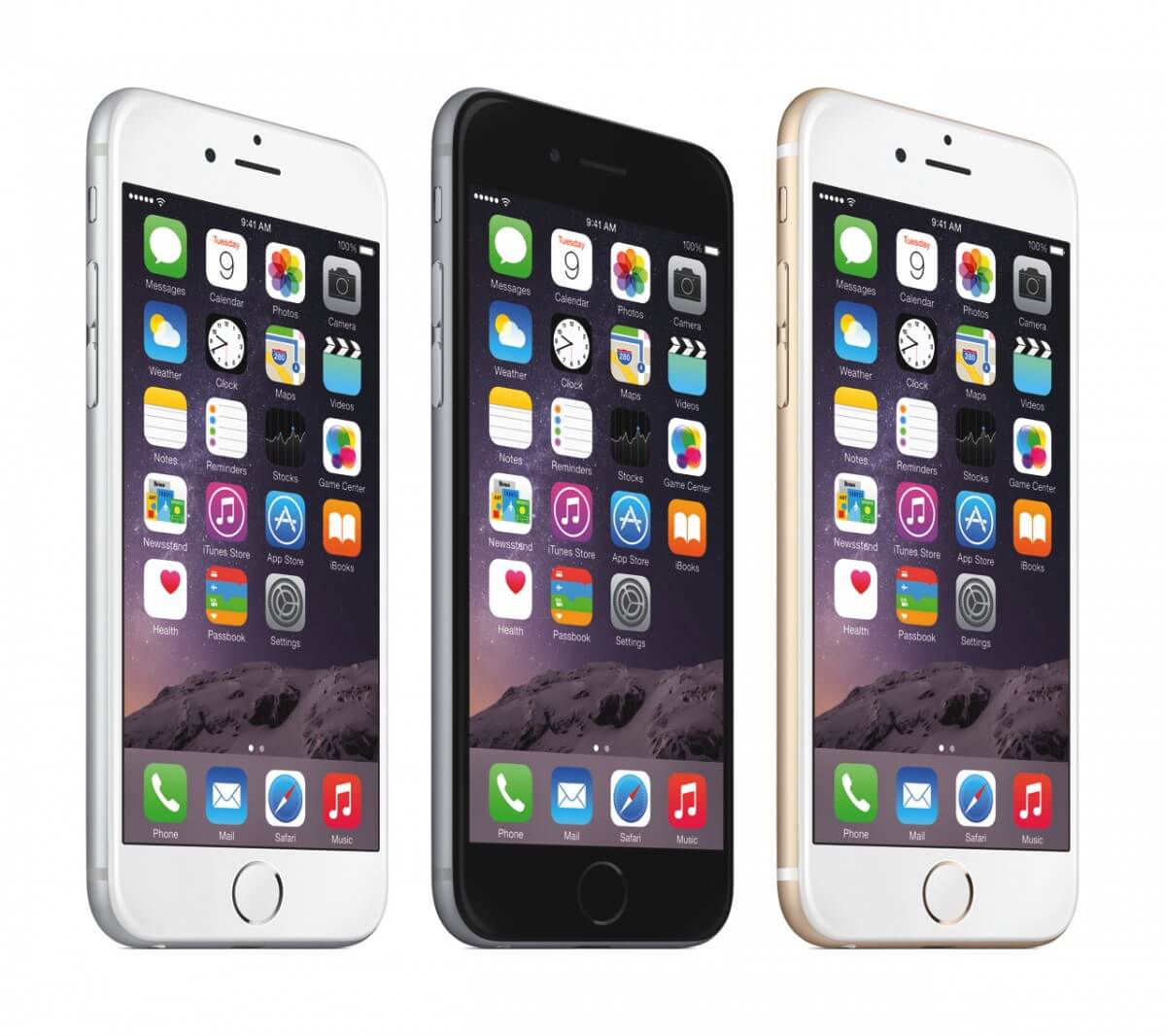The iPhone and good intonation ,
Are you still looking for that excuse to get a new iPhone? Look no further than making your self a better musician. The iPhone 6 and 6 plus with the right accessories can be a wonder full high fidelity recording device.
As a producer and audio engineer one of the most common things I hear less experienced musicians (especially singers) say is “I hate to listen to myself” To these folks I offer up a visual analogy; What if Leonardo Da Vinci or Michelangelo couldn’t see what they were sculpting or painting? How would they know if they liked what they created? We know that they would erase or paint over parts of of their paintings(or even start in pencil!). How would they make value judgements or find flaws if they couldn’t visualize their work? We musicians live in an aural world. Our ears are just as important as our eyes. If we can’t hear something back we’ve sang or played how can we be absolutely sure of our performance?
Recording ones self is the ultimate practice tool. If you have some command over the piece that you are working on, record one take of it all the way to the end. Listen back. Make a determination of what sections need to be worked on. Now as our teachers have always told us, practice only the sections that need to be worked on. Rhythmic accuracy, proper intonation and correct dynamics should all be considered – not to mention having the right swing or feel for the part. You may slow down the section and gradually speed it up to the correct tempo. After working on the section for a while, record it, adding a few measures on either side of the section. Listen back again. You will now have immediate feedback on your performance, and the areas that have improved as well as the ones that still require work. The saying ‘the tape never lies’ may have gone out the window with advent of Pro Tools and other recording softwares, Auto-Tune, Melodyne and the like but in its basic state it, the truest barometer of performance standard and can’t be undervalued. Keep practicing, recording and and listening back until you hear what you want.
Go through all the sections that you need to work on in this way, and eventually record the whole piece again and see where you have improved and what still needs work. The added bonus of this when you come to the studio to do your actual recordings for what ever purpose you may have(pre screening, audition, competition, sinner songwriter etc… ) you will feel a lot less pressure because you have already put yourself under the gun and know exactly what to expect and where you are in your musical development.
Ahh… but what about the iPhone? On its own the iPhone 4 and up – and many other brands other than Apple – do poor to fair but still usable recording. But we want to hear ourselves with fidelity so we can truly understand what we are doing musically. Not to mention something that sounds good gives us a lot more encouragement to keep going. You can buy lots of decent quality small portable recorders by Zoom, Tascam, Olympus, Sony and many others but if you already have an iPhone, why not use it?! Here are some links to some devices that increase the fidelity of the iPhone exponentially. Many use their own or third party apps, offer multi track capability, have mixers, eq and effects. But just remember one good sounding track is all you need to hear what you are doing and make yourself better… If you can’t stand to hear yourself maybe there is a reason… and maybe by listening you can fix it!
Here are a few different options that we recommend for your set-up.
http://www.apogeedigital.com/products/mic
http://www.ikmultimedia.com/
http://www.zoom.co.jp/products/iq5

